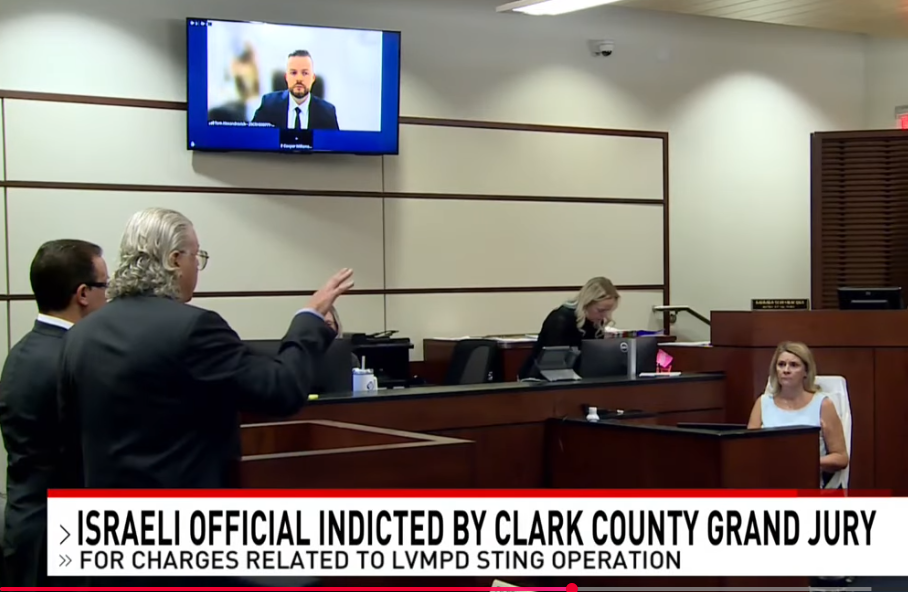Sora: Non-violating prompt violates third party likenesses.
Understanding the Challenges of Prompt Design and Third-Party Likeness in AI Content Generation
In the evolving landscape of AI-driven content creation, users often encounter nuanced issues related to intellectual property and third-party likenesses. A recent discussion highlights these challenges through a seemingly straightforward prompt that, despite its harmless nature, runs into limitations imposed by content policies.
The Scenario: A Fictional Laboratory Scene
Imagine a narrative setup where a bald man with glasses, dressed in a yellow chemical suit, is depicted as working in his laboratory to bake brownies. His concern stems from never having tasted brownies before, prompting him to question their chemical safety—worrying whether they are caustic or flammable. His lab partner, wearing a beanie, impulsively takes a brownie from the tray to eat, leading to a dramatic reprimand. This scene features fictional characters in a controlled, storytelling context.
The Core Issue: Constraints and Policy Limitations
While the storyline appears creative and risk-free, the prompt’s phrasing may still be flagged by AI content moderation systems. The underlying challenge is that certain prompts—despite not violating explicit rules—may inadvertently evoke third-party likenesses or concepts closely associated with recognizable entities or media. Consequently, tools like Sora, an AI content generator, might restrict such prompts to avoid potential violations.
The Frustration of Limited Expressiveness
Users often find themselves unable to create knockoff or parody versions of existing characters without risking trigger factors. The inability to craft “knockoff characters” limits creative exploration and hampers the development of nuanced narratives within legal boundaries. For creators, this presents a dilemma: how to maintain originality while respecting restrictions that may be overly cautious or broadly defined.
Strategies for Navigating Content Policy Restrictions
Although specific solutions may vary depending on the platform or tool, here are some general approaches:
- Use Generic Descriptions: Focus on unique but vague descriptors that avoid resemblance to copyrighted characters.
- Alter Character Details: Change clothing, accessories, or environmental details to differentiate from known likenesses.
- Emphasize Original Story Elements: Prioritize narrative components that are clearly fictional and unrelated to existing IP.
- Leverage Artistic Styles: Suggest unique art styles or settings to shift the depiction away from recognizable entities.
- Consult Platform Guidelines: Familiarize yourself with the specific policies to better craft prompts that comply with regulations.
Conclusion: Balancing Creativity and Compliance
The balance between creative freedom and adherence to content policies














Post Comment